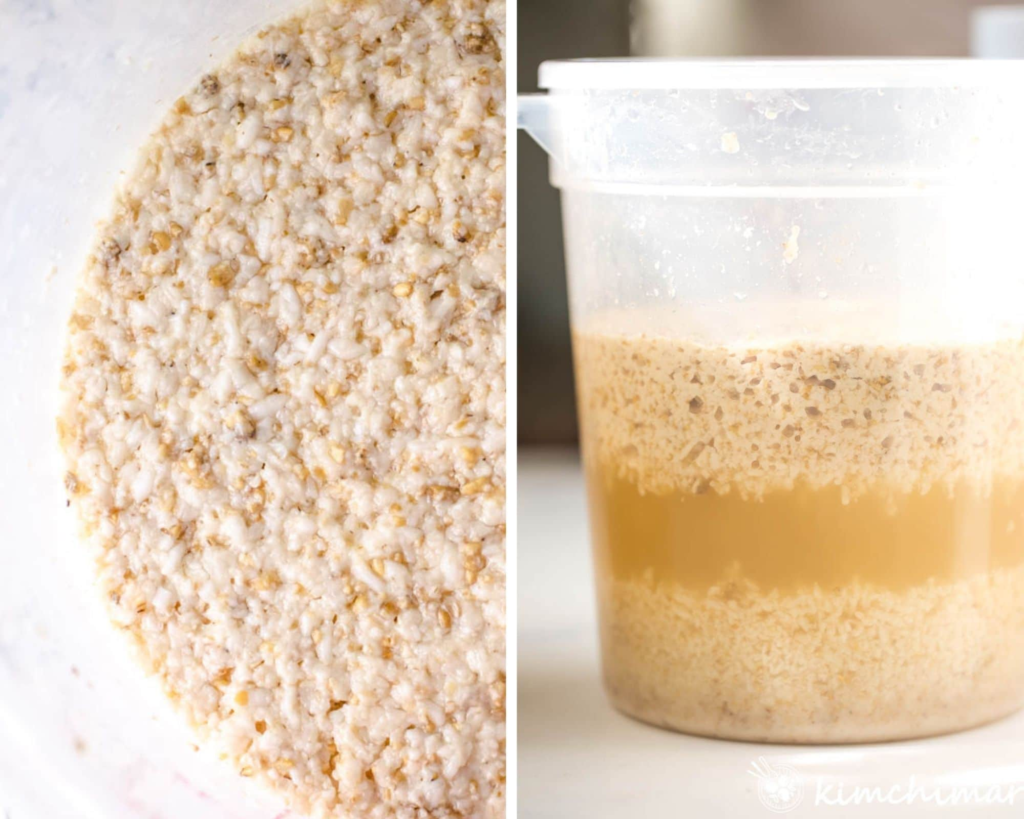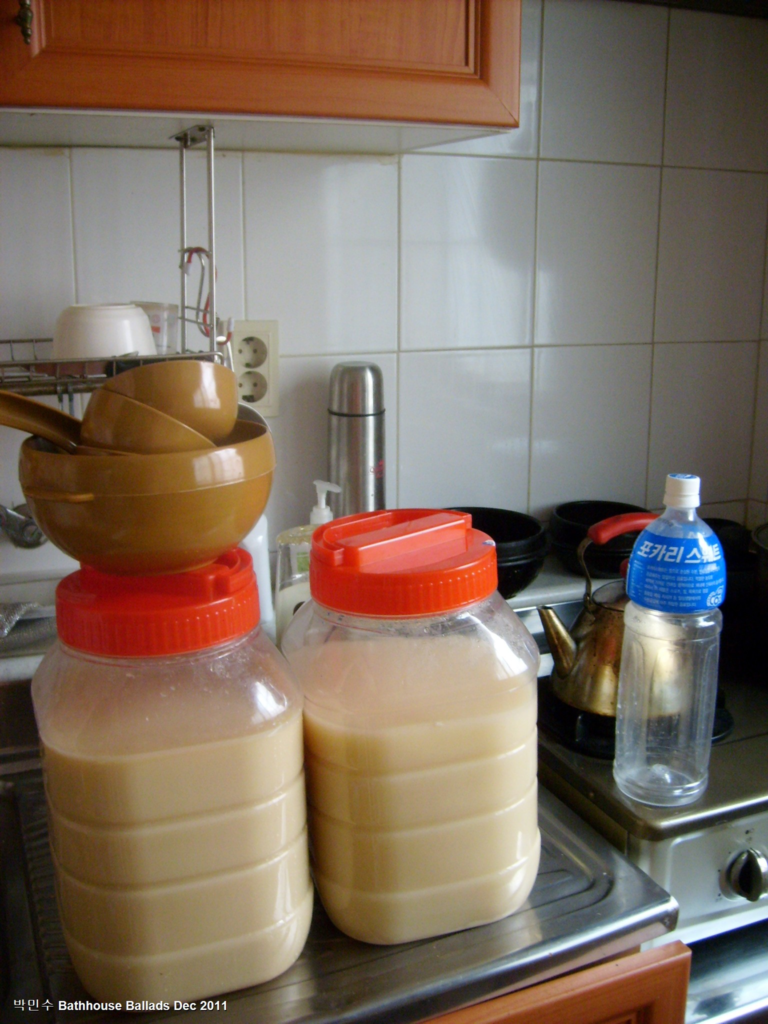
Introduction to Makgeolli and its History
Makgeolli, a traditional Korean rice wine, has a rich history that dates back over 2,000 years. This milky beverage is not only cherished for its unique flavor but also celebrated as an integral part of Korean culture. With its creamy texture and slightly sweet taste, Makgeolli offers a delightful experience that can transport you to the bustling streets of Seoul with just one sip.
As interest in homebrewing continues to grow, many are turning their attention to this ancient craft. Imagine being able to create your own homemade Makgeolli right in your kitchen! It’s more than just brewing; it’s about connecting with tradition and exploring the art of fermentation.
In this guide, we’ll walk you through everything you need to know about Makgeolli brewing—from understanding its historical significance to gathering essential ingredients and equipment. Whether you’re an experienced brewer or new to DIY alcohol projects, making your own rice wine promises both satisfaction and delicious rewards. Get ready to dive into the world of homebrewing and discover how easy it can be!
Benefits of Making Your Own Makgeolli at Home
Making your own Makgeolli at home opens up a world of creativity. You have complete control over the flavors and ingredients. Experiment with different rice varieties or even add fruits for unique twists.
Homebrewing also fosters a deeper connection to this traditional Korean alcohol. As you witness the fermentation process, you’ll appreciate the time-honored techniques that have been passed down through generations.
Crafting your homemade Makgeolli can be both rewarding and cost-effective. Store-bought options often come with high price tags, while brewing at home allows you to enjoy quality without breaking the bank.
Moreover, sharing your creation with friends and family enhances social experiences. It sparks conversations about culture and tradition, enriching gatherings in delightful ways. Each sip tells a story that only you can share!

The Ingredients and Equipment Needed
To embark on your Makgeolli brewing adventure, gather a few essential ingredients and equipment. The key components include glutinous rice, which provides the base for this traditional Korean alcohol. You’ll also need nuruk—an important fermentation starter that contains natural enzymes.
Water is crucial too; use clean, filtered water to ensure the best results. Sugar can enhance sweetness but is optional depending on your taste preference.
As for equipment, start with a large pot for cooking rice and a fermenting vessel like a glass jar or ceramic crock. A fine mesh strainer will help separate solids from liquids after fermentation.
A thermometer ensures you maintain proper temperatures during brewing. Have bottles ready for storage once your homemade Makgeolli reaches perfection!
Step-by-Step Guide on How to Make Makgeolli
Start by soaking two cups of sweet rice (also known as glutinous rice) in water for about six hours. This step is crucial for achieving that perfect texture.
Next, drain the rice and steam it for about 30 minutes until tender. Allow it to cool to room temperature before moving on.
In a separate bowl, mix your cooled rice with one cup of nuruk—a traditional Korean fermentation starter—and four cups of lukewarm water. Stir gently to combine everything well.
Transfer this mixture into a clean glass or ceramic container. Cover it loosely with a cloth to allow air circulation while preventing dust contamination.
After 24 hours, give it a gentle stir. You’ll notice bubbles forming; this means fermentation has begun! Continue letting the mixture ferment at room temperature for up to five days, stirring daily until you achieve that desired taste and aroma.

Tips and Tricks for Successful Makgeolli Brewing
Brewing Makgeolli at home can be a rewarding experience, but a few tips can elevate your craft.
Always use high-quality ingredients. Organic rice and pure water make a noticeable difference in flavor.
Temperature control is vital during fermentation. Aim for around 20-25°C (68-77°F) to prevent unwanted bacteria from spoiling your brew.
Sanitization cannot be overlooked. Clean all equipment thoroughly to avoid contamination that could ruin the batch.
Patience plays an essential role as well. Allowing adequate time for fermentation enhances complexity and depth in taste.
Don’t hesitate to experiment with flavors! Try adding fruits like peaches or honey for unique twists on traditional Korean alcohol. Adjusting sugar levels also creates variations in sweetness, so feel free to tailor each batch according to your preference.
Health and Safety Precautions
When diving into Makgeolli brewing, health and safety should be your top priority. First, ensure that all your equipment is sanitized before use. Bacteria can spoil your brew or cause unwanted flavors.
Use food-grade materials for fermentation. Avoid plastics that could leach chemicals into your rice wine. Glass jars are ideal for this process.
Monitor the temperature during fermentation closely. Too high or too low can affect the quality of your homemade Makgeolli and may lead to off-flavors or poor fermentation.
Be cautious with alcohol content as well. Homemade brews can vary significantly in strength, so it’s wise to test the alcohol levels if you plan to share with others.
Always label your bottles clearly with dates and ingredients used to prevent any mix-ups later on. Enjoy the journey of brewing while keeping safe practices at heart!

Storing and Serving Your Homemade Makgeolli
Storing your homemade makgeolli properly is crucial for maintaining its flavor and quality. Use clean, airtight containers to prevent contamination and oxidation. Glass jars or bottles work best, but ensure they are sterilized before use.
Refrigeration is key once fermentation ends. Homemade makgeolli can last up to two weeks in the fridge, though it’s best enjoyed fresh. If you notice any unusual smells or colors, it’s safer to discard it.
When serving your makgeolli, traditional bowls enhance the experience. Gently stir before pouring to mix the sediment that forms during fermentation. Serve chilled for a refreshing taste.
Pairing it with Korean dishes elevates the enjoyment of this rice wine. Try kimchi pancakes or savory dumplings alongside your drink for an authentic touch. The balance of flavors will leave guests impressed with your brewing skills!
Fun Variations to Try with Your Homemade Makgeolli
Get creative with your homemade makgeolli by experimenting with various flavors. Infusing fruits like strawberries, peaches, or even mango can elevate the taste and add a refreshing twist.
Herbs and spices also work wonders. Try adding ginger for a spicy kick or mint for a cool finish. Each addition brings its unique aroma and character to your brew.
For those who enjoy sweetness, consider mixing in honey or agave syrup during fermentation. This not only enhances the flavor but also adds depth to the traditional profile of this Korean rice wine.
Another exciting option is blending different grains into your recipe. Barley, millet, or even quinoa can introduce new textures and flavors that make each batch distinct.
Don’t shy away from incorporating local ingredients too! Seasonal produce can give your makgeolli an authentic touch while reflecting regional tastes.

Conclusion
Makgeolli brewing offers a delightful journey into the world of traditional Korean alcohol. By taking on this DIY rice wine project, you not only embrace an ancient craft but also create something unique and personal.
Homebrewing has its rewards—enjoying a glass of homemade Makgeolli with friends or family can enhance any gathering. The fusion of flavors that arise from experimenting with ingredients brings excitement to each batch you produce.
As you embark on your fermentation process, remember that patience and practice are key components in mastering the art of Makgeolli making. With time, you’ll refine your brewing techniques and develop your signature style.
Whether you’re drawn to health benefits or simply seeking a fun new hobby, crafting homemade Makgeolli could become one of your favorite pastimes. So gather those essential makgeolli ingredients, roll up your sleeves, and dive into this wonderful cultural experience today!
For more such content, keep visiting QAWire
